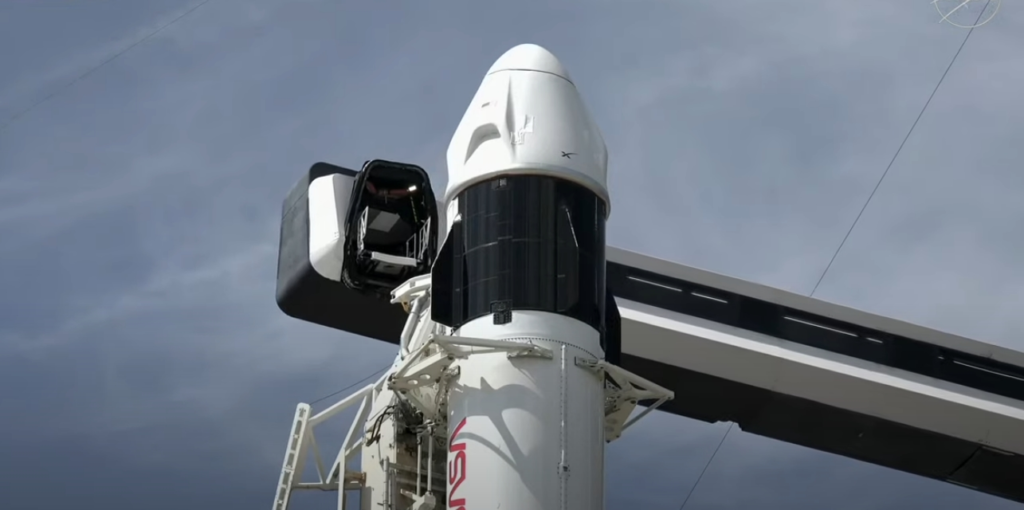quickutilities – NASA, in collaboration with SpaceX, has launched five satellites into Earth orbit after a 24-hour delay due to FAA concerns. The launch took place from Vandenberg Space Force Base in California, using a SpaceX Falcon 9 rocket. It was originally scheduled a day earlier but was postponed due to airspace safety issues flagged by the Federal Aviation Administration.
Read More : OpenAI Teams Up With Oracle to Expand Data Center Power
This launch marked a significant step for NASA’s ongoing space weather research. Leading the mission is TRACERS (Tandem Reconnection and Cusp Electrodynamics Reconnaissance Satellites), consisting of two spacecraft. TRACERS is designed to observe magnetic reconnection events—sudden bursts of energy when solar wind interacts with Earth’s magnetic field. These interactions can affect satellites, GPS, and even power grids.
Scientists strategically positioned the TRACERS satellites near Earth’s northern magnetic cusp to collect real-time data on particle movement and magnetic field activity. As a result, researchers can better predict and understand how solar activity affects the planet’s upper atmosphere. Approximately 12 hours after launch, SpaceX confirmed the successful satellite deployment through its official X account. With this achievement, NASA aims to close a key knowledge gap in near-Earth space weather. Before beginning full operations, the satellites will now undergo calibration and system checks.
Moreover, this launch highlights the growing collaboration between government space agencies and private spaceflight companies. It also underscores how precise timing and coordination with regulatory bodies like the FAA play a critical role in mission success..
Athena EPIC, PExT, and REAL Satellites Bring New Tech to Orbit
While TRACERS leads the scientific objective, three additional satellites joined the ride, each focused on advanced space technologies. These include Athena EPIC, PExT, and REAL—each part of a broader NASA initiative to test cost-saving and high-performance satellite technologies.
Athena EPIC uses NovaWurks’ SensorCraft design, making it the first spacecraft to do so. This design relies on a modular platform called Hyper-Integrated Satellite (HISat). The technology reduces spacecraft production costs and enhances operational flexibility. HISat enables engineers to assemble and test satellite components quickly, which may transform how future satellites are built.
PExT, which stands for Polylingual Experimental Terminal, brings a new approach to space communications. It connects private and government networks, making satellite operations more flexible. This satellite could lead to better integration between commercial and public space systems.
Read More : Lava Blaze Dragon 5G Launches in India With Snapdragon 4 Gen 2
REAL, or Relativistic Electron Atmospheric Loss, is developed by Maverick Space Systems. It carries instruments that detect both protons and electrons. REAL will help scientists understand how high-energy particles escape Earth’s Van Allen radiation belts—knowledge that’s critical for protecting future astronauts and satellite missions. Each of these satellites will soon undergo operational testing before entering their active service phase. Collectively, they represent a leap forward in our ability to observe, communicate, and operate in space. As Earth’s orbit grows busier, innovations from missions like this will shape the future of safe and efficient space exploration.


